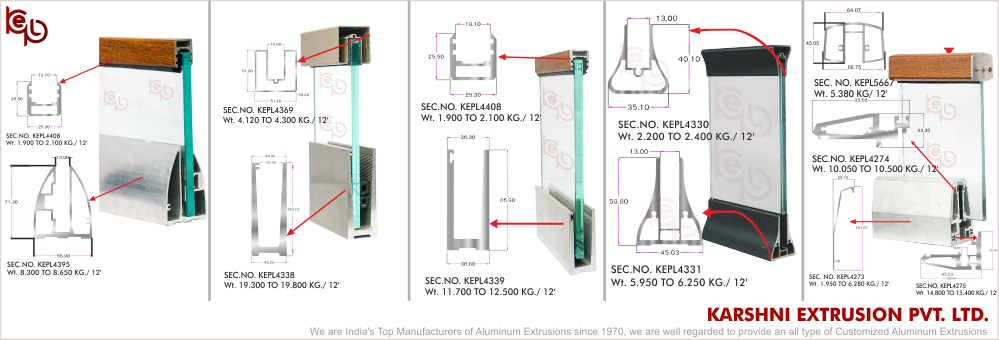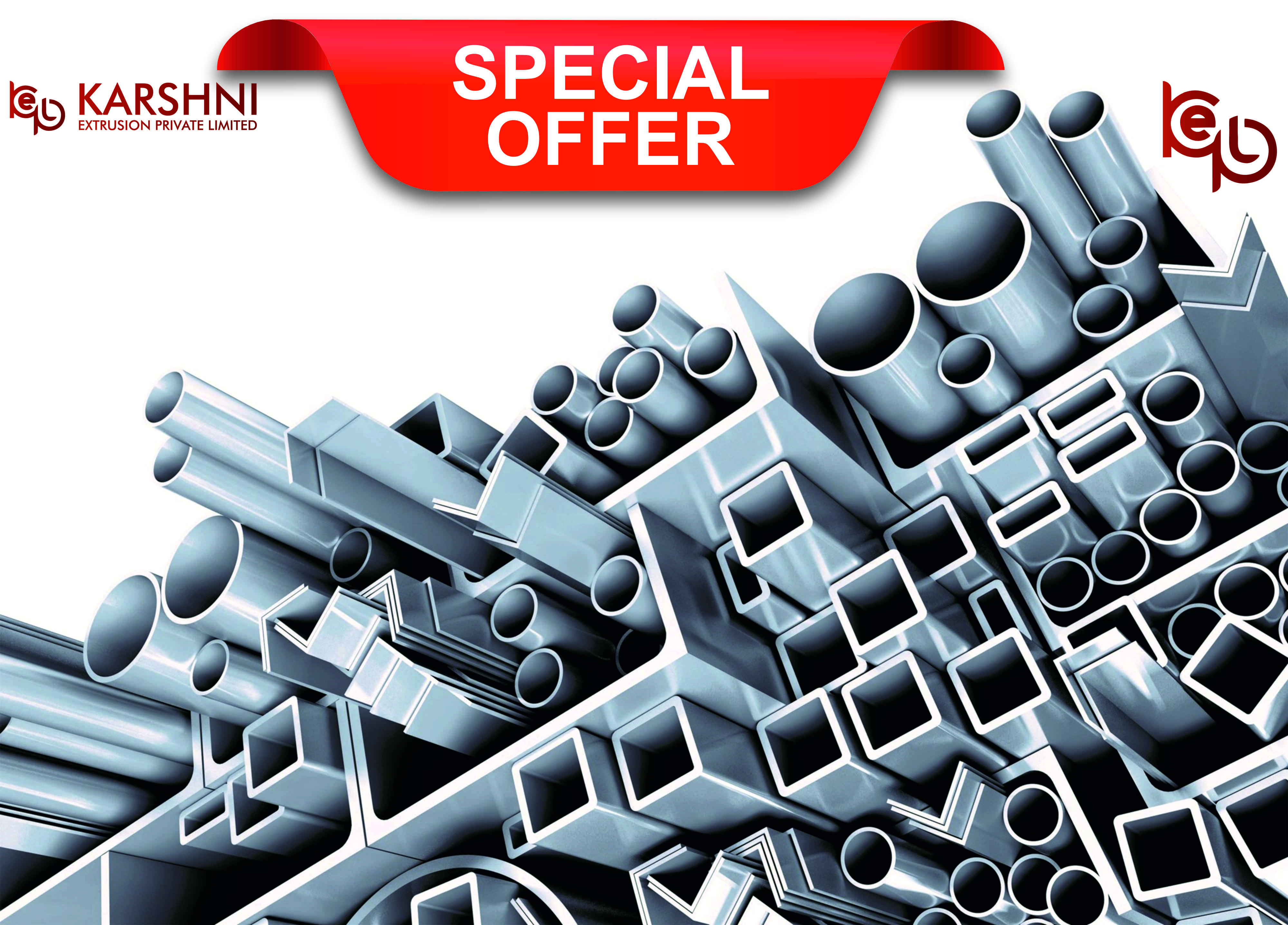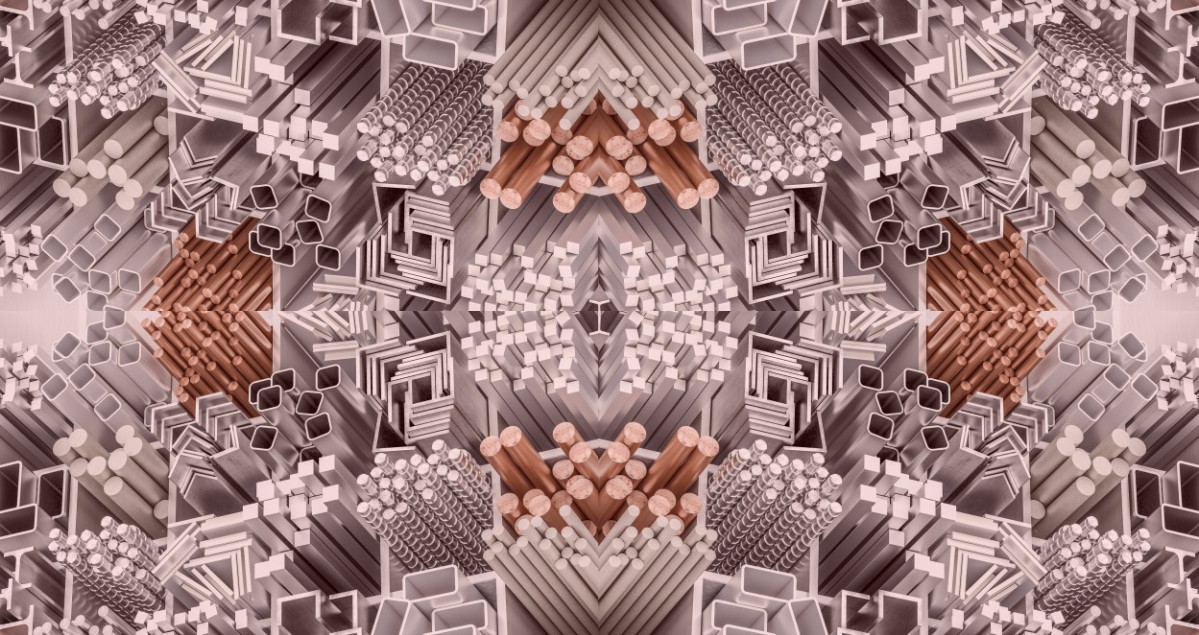We had already gone through what is aluminum extrusions and different kinds of extrude Shapes. So let us go through deeper into the details of the process.
The Aluminum Extrusion Process in 10 Steps.
We’ve divided the extrusion process into ten steps, as follows.
- Step #1: The Extrusion Die is Prepared and Moved to the Extrusion Press First, a round-shaped die is machined from H13 steel. Or, if one is already available, it is pulled from a warehouse-like the one you see here. Before extrusion, the die must be preheated to between 450-500 degrees celsius to help maximize its life and ensure even metal flow. Once the die has been preheated, it can be loaded into the extrusion press.
- Step #2: An Aluminum Billet is Preheated Before Extrusion Next, a solid, cylindrical block of aluminum alloy, called a billet, is cut from a long log of alloy material. It is preheated in an oven, like this one, to between 400-500 degrees celsius. This makes it malleable enough for the extrusion process but not molten.
- Step #3: The Billet is Transferred to the Extrusion Press Once the billet has been preheated, it is transferred mechanically to the extrusion press. Before it is loaded onto the press, a lubricant (or release agent) is applied to it. The release agent is also applied to the extrusion ram, to prevent the billet and ram from sticking together.
- Step #4: The Ram Pushes the Billet Material into the Container Now, the malleable billet is loaded into the extrusion press, where the hydraulic ram applies up to 15,000 tons of pressure to it. As the ram applies pressure, the billet material is pushed into the container of the extrusion press. The material expands to fill the walls of the container.
- Step #5: The Extruded Material Emerges Through the Die As the alloy material fills the container, it is now being pressed up against the extrusion die. With continual pressure being applied to it, the aluminum material has nowhere to go except out through the opening(s) in the die. It emerges from the die’s opening in the shape of a fully-formed profile.
- Step #6: Extrusions are Guided Along with the Runout Table and Quenched After emerging, the extrusion is gripped by a puller, like the one you see here, which guides it along with the runout table at a speed that matches its exit from the press. As it moves along the runout table, the profile is “quenched,” or uniformly cooled by a water bath or by fans above the table.
- Step #7: Extrusions are Sheared to Table Length Once an extrusion reaches its full table length, it is sheared by a hot saw to separate it from the extrusion process. At every step of the process, temperature plays an important role. Although the extrusion was quenched after exiting the press, it has not yet fully cooled.
- Step #8: Extrusions are Cooled to Room Temperature
After shearing, table-length extrusions are mechanically transferred from the runout table to a cooling table, like the one you see here. The profiles will remain there until they reach room temperature. Once they do, they will need to be stretched.
- Step #9: Extrusions are Moved to the Stretcher and Stretched into Alignment
Some natural twisting has occurred in the profiles and this needs to be corrected. To correct this, they are moved to a stretcher. Each profile is mechanically gripped on both ends and pulled until it is fully straight and has been brought into the specification.
- Step #10: Extrusions are Moved to the Finish Saw and Cut to Length
With the table-length extrusions now straight and fully work-hardened, they are transferred to the saw table. Here, they are sawed to pre-specified lengths, generally between 8 and 21 feet long.
What Happens Next? Heat Treatment, Finishing, and Fabrication we will go through this in the next update.




